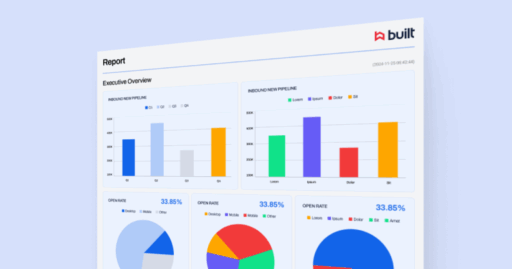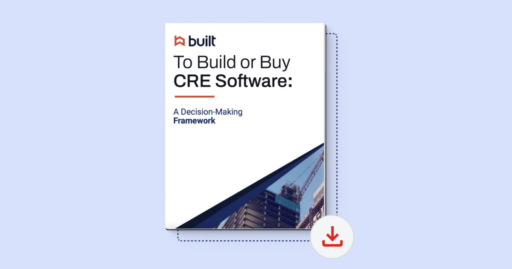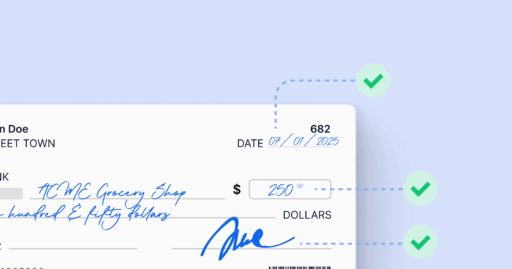What Goes into a Construction Project Budget?

When determining the budget for a construction project, there are several types of costs that need to be included, and the actual construction of the project is only the beginning. Design costs, insurance costs, and costs to provide utilities and facilities to support the construction process have to be considered as well.
The types of costs you will want to include in a construction project budget are hard costs, general conditions, soft costs, permits and fees, and contingency costs.
Hard Costs
Hard costs include all the costs for materials, equipment, and labor that go into the project and its construction. They include all the nails, wood, metal, drywall, paint, and mechanical and electrical equipment that are installed during a project. Equipment, like lifts and cranes, that are used during the project to help in the construction process, and all the labor used in the project, are also included in these costs.
The general contractor, subcontractors, and material suppliers determine the hard costs for a project. Since their pricing is based on regional labor rates, material costs, and their desired markups, similar projects often have different hard costs.
When putting together a budget for a project, contractors perform a take-off of the job. This involves looking at the plans and specifications and determining exactly what work needs to be done and how much work there is. Often a general contractor will assign a line item in their budget for each scope of work or trade that is needed. For example, a small office remodel may involve demolition services, metal framing, drywall, painting, doors and hardware, mechanical, and electrical work. A budget for this project would include a line for each of these scopes.
Many estimators use a predetermined list to help make sure all scopes on a project are included. Often the Construction Specifications Institute (CSI) codes are used as a template for a complete list of scopes of work that may be on a project. The specifications for a project often use these same codes, making it easy to tell which ones are used on a particular project.
General Conditions
General conditions costs are construction costs that do not involve the actual construction of the building. They are costs that provide the support structure for those performing the work, so that the work can be performed. These costs include temporary utilities, supervision labor, trailer rental, project management fees, and administration expenses.
Most of these costs are incurred by the general contractor. General conditions costs include all the stuff the GC provides to start, support, and complete a project. The longer the project will take, the more general conditions expenses there will be. In addition, these costs are influenced by the size of the project, as larger projects require more oversight and support.
Soft Costs
Soft costs are costs that are usually incurred before or after the project. Design fees, insurance, bonds, legal assistance, and accounting consultants are often included in these costs. They are necessary to the construction of the project but aren’t usually incurred during construction. Not all of these costs are required for every project. For example, not every project requires bonds, so those costs may not always be included.
Consultants and insurance companies set many of these costs. They are often calculated as a percentage of the building cost. For example, design fees are often 8-15% of overall construction costs. Insurance can be calculated at 1-2%.
Tip: Need help understanding how construction costs are broken down? View our quick overview of hard and soft costs in construction projects.
Permits and Fees
Before a construction project can begin, the plans and specifications must be reviewed by the local jurisdiction and permits issued. The fees associated with the review and inspection of the project are generally included as a line item in the budget.
If a project involves adding a new building or residence, then it will probably be subject to additional fees that pay for the infrastructure to support the added building. These fees are called system development charges (SDCs) and are often quite expensive.
The local jurisdiction is responsible for setting the permit and plan review fees. To get an estimate of the fees for a project, contact the permit center and provide a description of the project. They can usually tell you how much the permit fees will be or give you a ballpark figure. Plan review fees are generally determined by the overall cost of the project, with permit fees being either a percentage or based on the number of fixtures or length of the utilities being installed.
Contingency
A line item for contingency expenses should be included in the budget for every construction project. This item is added money to cover unexpected expenses during the project. Possible uses include excavating bad soil or repairing dry rot. When a project is being financed by a bank, the bank will often require that a contingency be included in the loan to help cover added costs.
While a contingency is usually used to cover unexpected costs, it can, in some circumstances, be used to pay for changes in scope. If the loan documents allow, contingency funds may be used to cover owner requested changes or other expenses that may not be related to the construction of the project.
Putting It Together
When putting together a construction budget for a project, it’s important to include all costs that will be incurred. This includes not only the materials and labor for the work, but costs for supervision, insurance, project management, and contingency funds to cover unexpected costs. Including all these costs in your project budget will give you a much better idea of how much the work will cost you, so you can make informed financial decisions.






